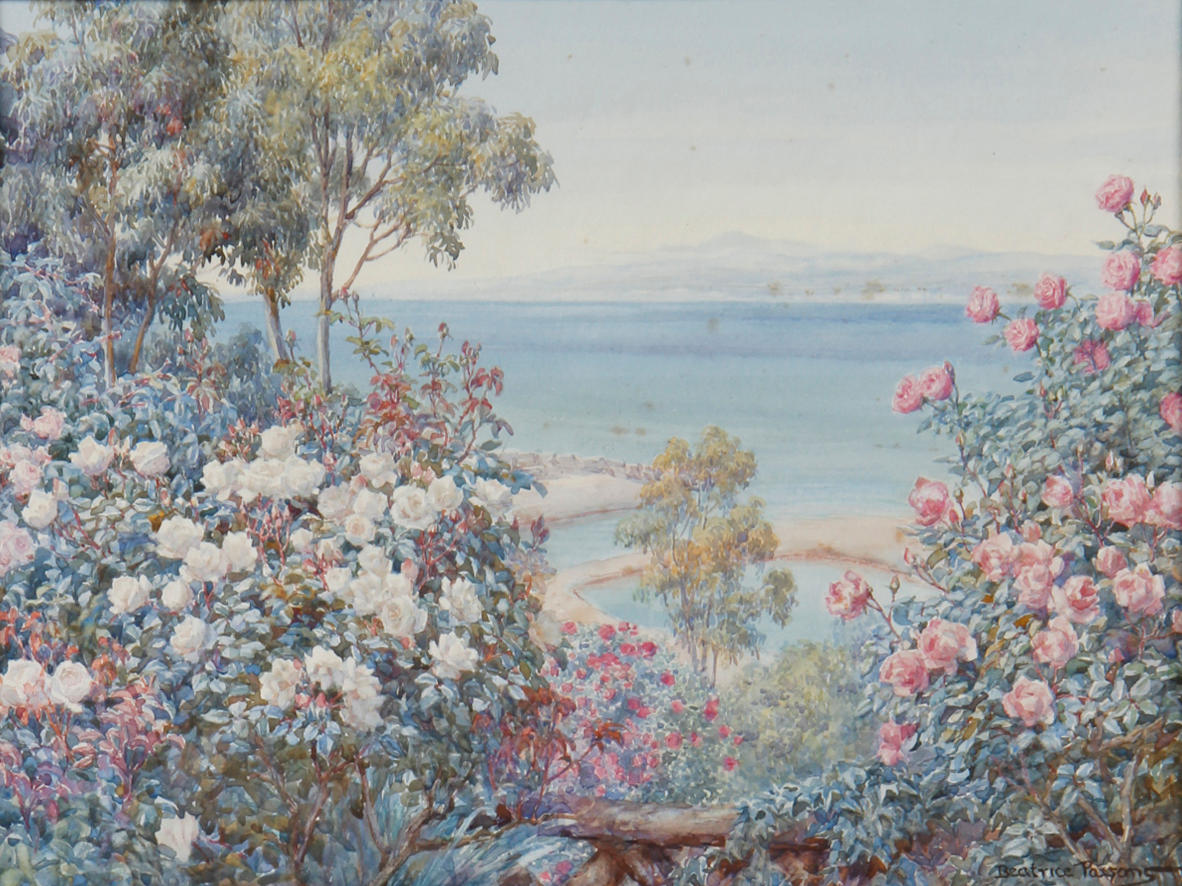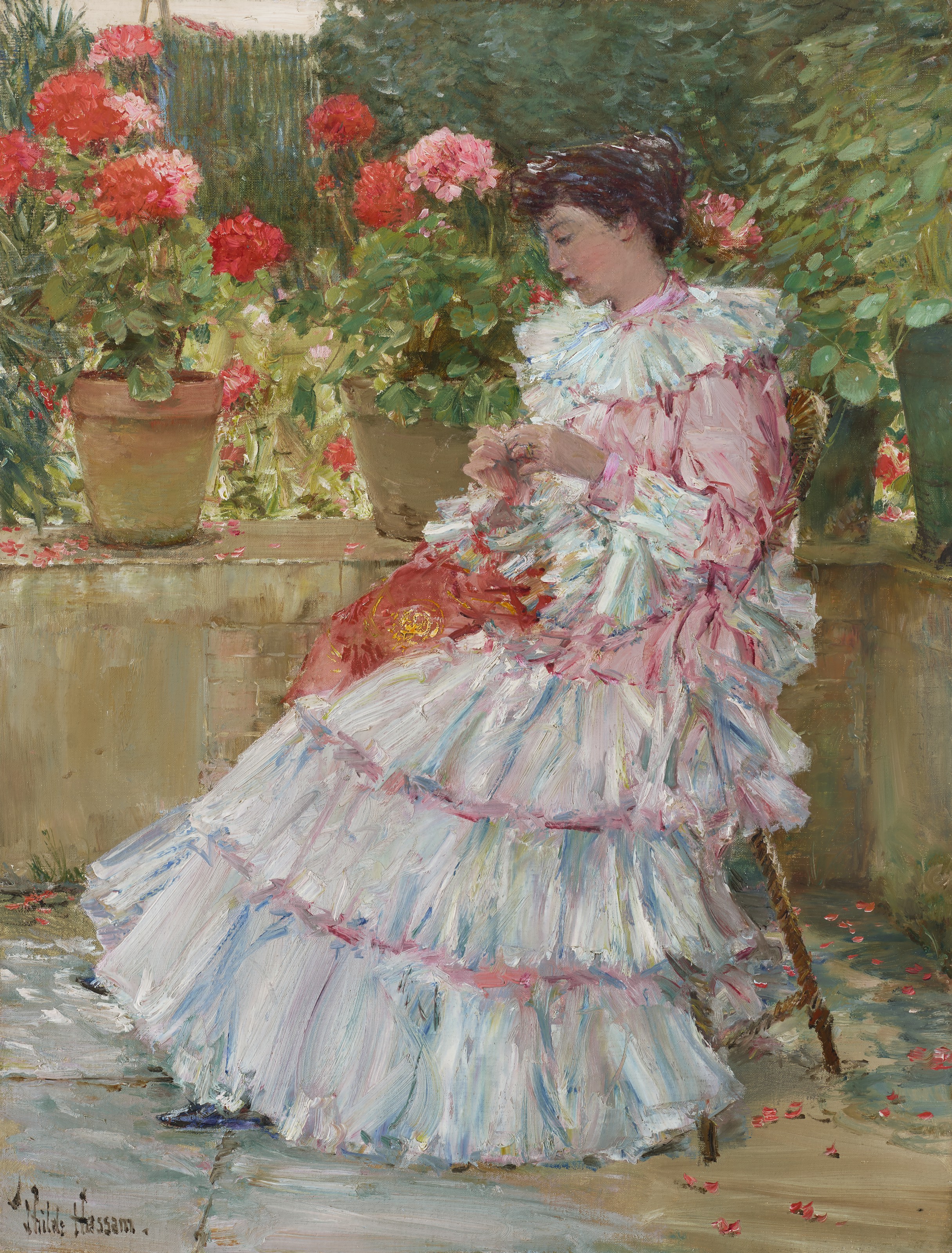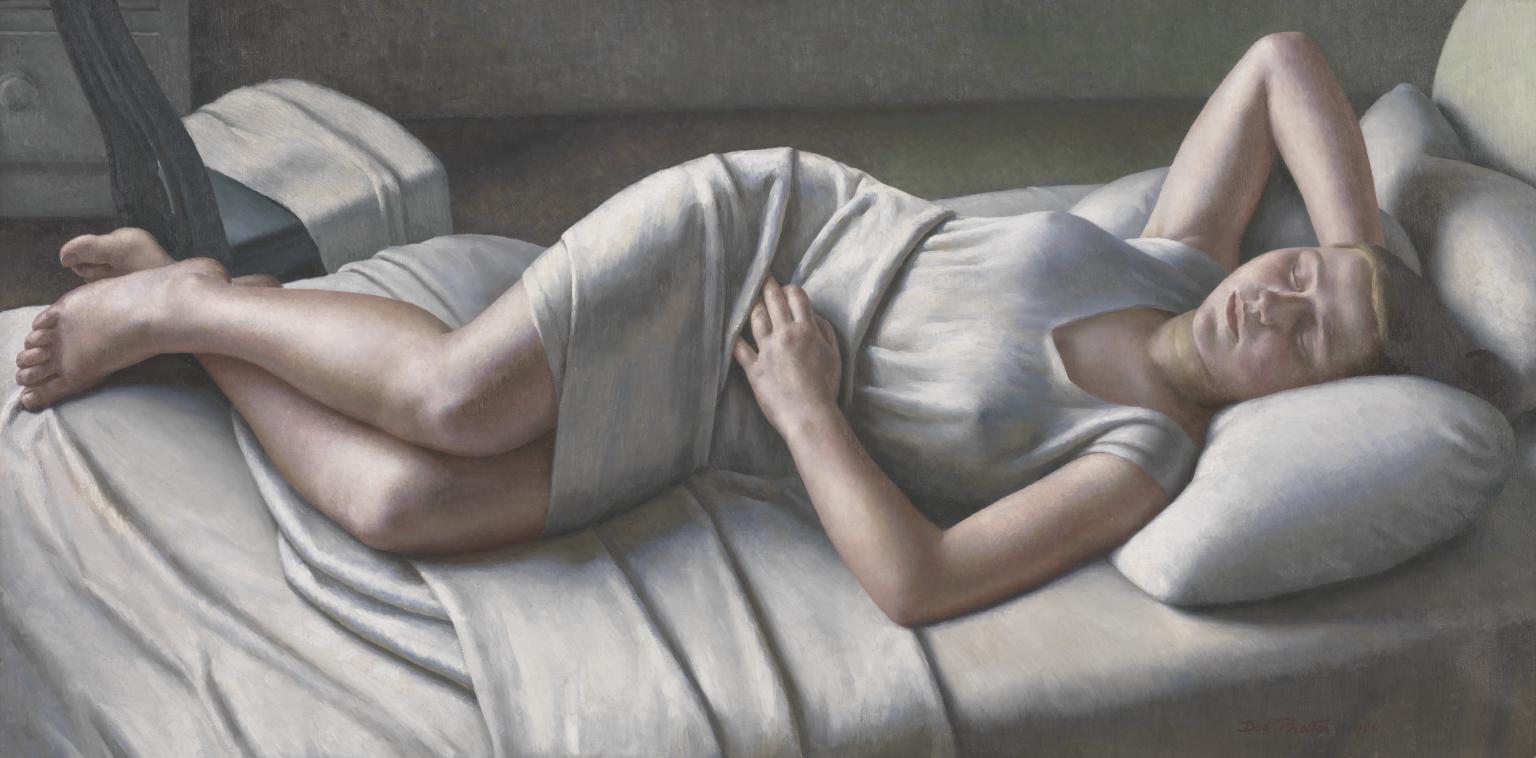Beatrice Emma Parsons (1870–1955) was a British painter and is best known for her watercolours of garden subjects. Parsons, along with George Samuel Elgood and Ernest Arthur Rowe, is considered one of the leading English painters of gardens.
Parsons was born in Peckham, South London, England in 1870.
She was sister to Karl Parsons, a stained-glass artist, who commemorated their family in a stained-glass window in St. Matthew's Church, Oxhey.
Parsons attended the Haberdashers' Aske's School for Girls and studied at King's College London, before attending the Royal Academy Schools, where she won three prizes.







